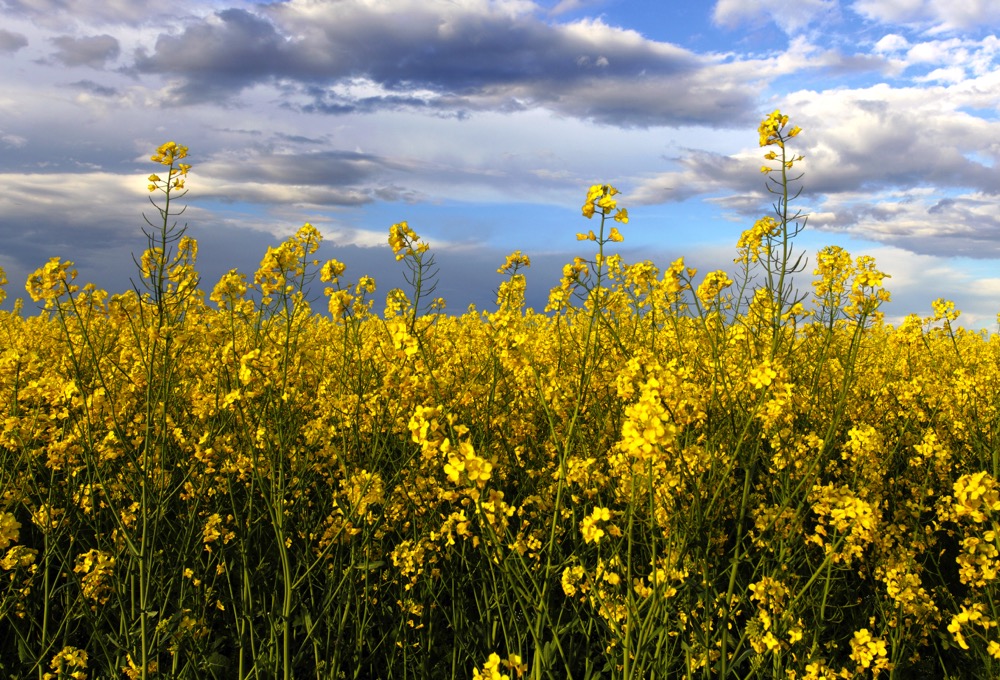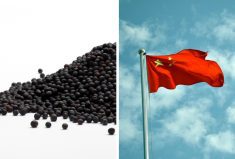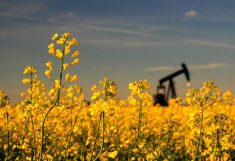Brandon | Reuters — Canadian canola plantings may rise slightly in spring as farmers seek to cash in before an expected drop in vegetable oil prices as palm crops recover from drought that hit major Southeast Asian producers, German oilseed analysis firm Oil World said Tuesday.
Plantings will rise by less than 10 per cent in Canada, which accounts for most globally exported canola and rapeseed, Thomas Mielke, executive director of Oil World, said here on the sidelines of the Ag Days farm conference and trade show.
Read Also

ICE Weekly: No upside for canola if China situation continues: trader
Tony Tryhuk of RBC Dominion Securities said canola should stay rangebound if Canada’s trade war with China continues.
“The world needs more Canadian canola so it would be wise to expand (plantings) moderately,” adding that the expansion would come at the expense of wheat.
Canola is crushed mainly for its oil, used in foods such as salad dressing and margarine.
Last year, Canadian farmers planted 20.4 million acres of canola, their fourth-largest area ever for the crop, according to Statistics Canada. Canola planting is typically in full swing in May.
ICE Futures Canada canola futures have gained some 15 per cent since the beginning of harvest season in August, supported by strong prices of palm oil, canola’s larger rival in the global vegetable oil sector. By May or June, however, canola prices may soften as palm production starts to recover, Mielke said.
An El Nino weather pattern brought dry conditions to many parts of Southeast Asia in 2015 and early 2016, reducing palm output.
Palm production will rebound significantly by 2018, potentially causing a “severe price drop” globally, he said.
Chicago soybean prices, another major influence on canola values, touched a six-month high on Tuesday, lifted by floods during Argentina’s soybean planting season. The price increase may be premature until damage is confirmed, Mielke said.
Planting and early crop development have been thrown off by heavy storms in key soy areas in southern Santa Fe and northwest Buenos Aires provinces.
— Rod Nickel is a Reuters correspondent based in Winnipeg, covering the agriculture and mining sectors.
















